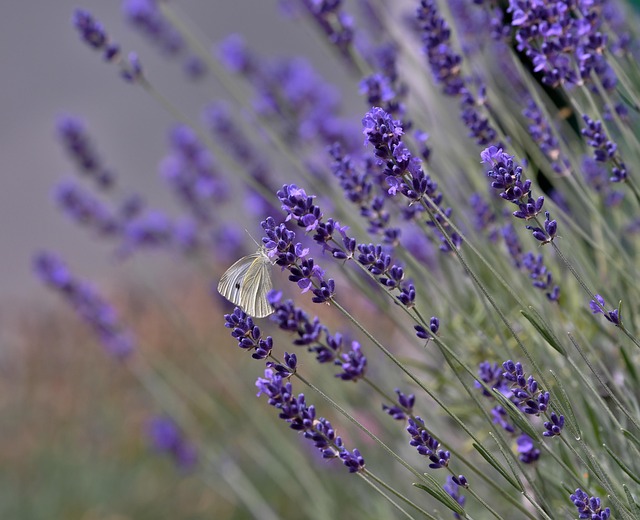Psocids, or booklice, are resilient pests that flourish in humid, poorly ventilated spaces, feeding on organic materials and hiding in crevices. Early detection through regular inspections is key, as they reproduce rapidly. Signs of infestation include pinholes, discolored fabrics, scattered pages, and nests in hidden areas. Addressing moisture issues by using dehumidifiers, repairing leaks, improving ventilation, and sealing gaps prevents their growth. For severe or persistent cases, professional psocid control experts offer specialized inspections and eco-friendly treatments to ensure effective removal and prevent reoccurrence.
“Tired of battling persistent humidity and mysterious insect infestations? Discover expert advice on tackling psocid infestations, a common yet overlooked issue. This comprehensive guide unravels the causes and hidden hotspots these tiny invaders love. Learn to identify subtle signs of activity and damage they leave behind. We explore effective strategies to reduce moisture levels and create an uninviting environment for psocids. Plus, find out when and how to seek professional help for complete psocid infestation removal.”
Understanding Psocid Infestations: Causes and Common Areas
Psocid infestations, often referred to as booklice or bark lice, can be a significant pest issue in both residential and commercial settings. Understanding how these tiny insects proliferate is crucial for effective psocid infestation removal. Psocids are drawn to environments that offer moisture and organic material, making them prevalent in areas with high humidity such as bathrooms, kitchens, and spaces with poor ventilation. They can quickly multiply in hidden spots like cracks, crevices, and behind walls, where they feed on starchy materials like paper products, fabric, and even plaster.
Identifying common areas is essential for prevention and control strategies. Common habitats include bookshelves, baseboards, window sills, and stored papers or fabrics. Regularly inspecting these areas for signs of an infestation, such as small holes in paper items or white, crumb-like debris, can help catch psocids early. Prompt action is key to mitigating their presence, as psocid infestations can be difficult to eliminate once established due to their elusive nature and rapid breeding cycle.
Identifying Signs of Psocid Activity and Damage
Psocids, often referred to as book lice or bark lice, can cause significant damage if left unchecked. Identifying their presence is crucial for effective psocid infestation removal. One of the first signs to look out for is noticeable damage to materials they feed on, such as wood, fabric, or paper items. This includes pinholes in wooden furniture, discolored or weakened fabrics, and scattered or damaged book pages. As psocids prefer hidden spaces, you might also find their nests in cracks, behind baseboards, or under carpet edges.
Additionally, keep an eye out for live lice or their shed skins, which can be tiny white or grayish specks. They often gather in large numbers near sources of food, so concentrated areas of these signs indicate active psocid activity. Early detection is key to minimizing damage and preventing the infestation from spreading. Regular inspections, especially in environments prone to moisture issues, can help in identifying and addressing psocid-friendly conditions before they become a full-blown problem.
Effective Methods for Reducing Humidity and Creating an Unwelcome Environment
To effectively reduce humidity and create an environment inhospitable to psocids (or book lice), start by addressing moisture issues. Psocids thrive in humid conditions, so keeping your environment dry is key to prevention and removal. Invest in a dehumidifier to lower indoor humidity levels, especially in areas prone to moisture buildup like basements or bathrooms. Regularly check for leaks and repair them promptly to avoid water damage that can contribute to high humidity.
Additionally, maintain proper ventilation throughout your space. Ensure windows are open when possible, and use exhaust fans in kitchens and bathrooms to remove moist air. Consider sealing gaps around doors and windows to prevent outdoor moisture from entering. By combining these methods, you create an environment that makes it difficult for psocids to survive and breed, effectively deterring and removing any existing infestation.
Professional Help: When and How to Seek Expert Assistance for Psocid Infestation Removal
If a psocid infestation persists or is severe, it’s time to call in professional help. Engaging the services of pest control experts specializing in psocids is crucial for effective removal and preventing reoccurrence. These professionals have the knowledge and tools to identify the specific species causing the issue and implement tailored solutions. They can provide recommendations on improving ventilation, sealing entry points, and using appropriate treatments to eradicate the pests and their eggs.
Seeking expert assistance involves initial inspections, where technicians thoroughly assess the infestation’s extent. They may use specialized equipment for detailed inspections, ensuring no hidden niches are missed. Once identified, professionals offer safe and eco-friendly treatment options, including targeted applications of pesticides or natural repellents, depending on the case. Regular follow-up visits are also crucial to monitor the situation and ensure the psocid population is under control.
In addressing a psocid infestation, understanding the causes, identifying signs of activity, and employing effective methods to reduce humidity are key steps towards successful removal. By creating an environment that is less welcoming to these pests, you can significantly mitigate their presence. If, despite your efforts, the infestation persists or worsens, it’s crucial to seek professional help for comprehensive psocid infestation removal. Remember, timely action and the right expertise can restore your space to a pest-free haven.
